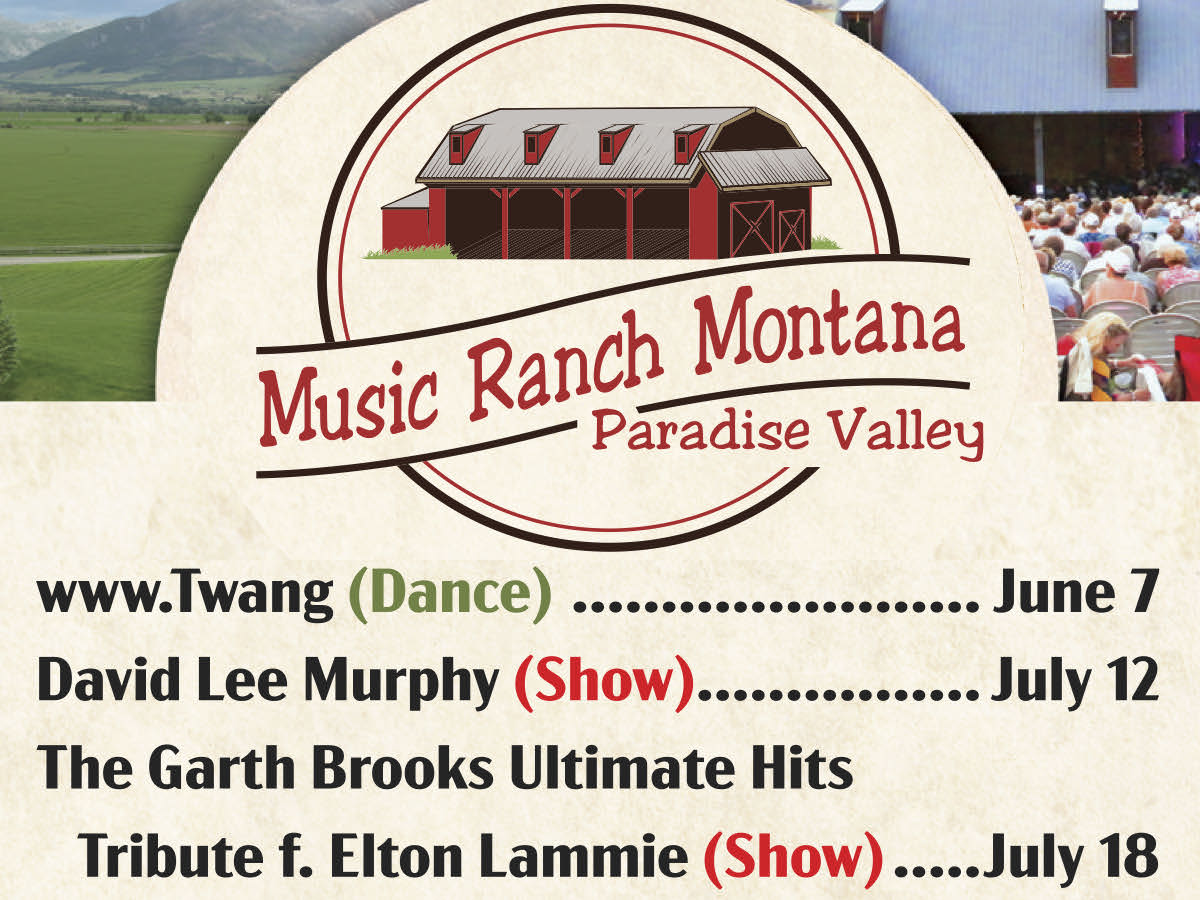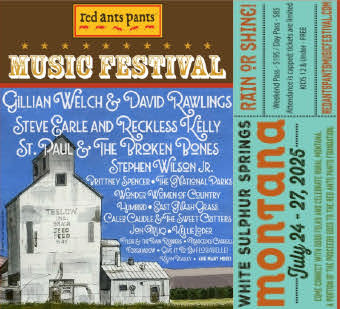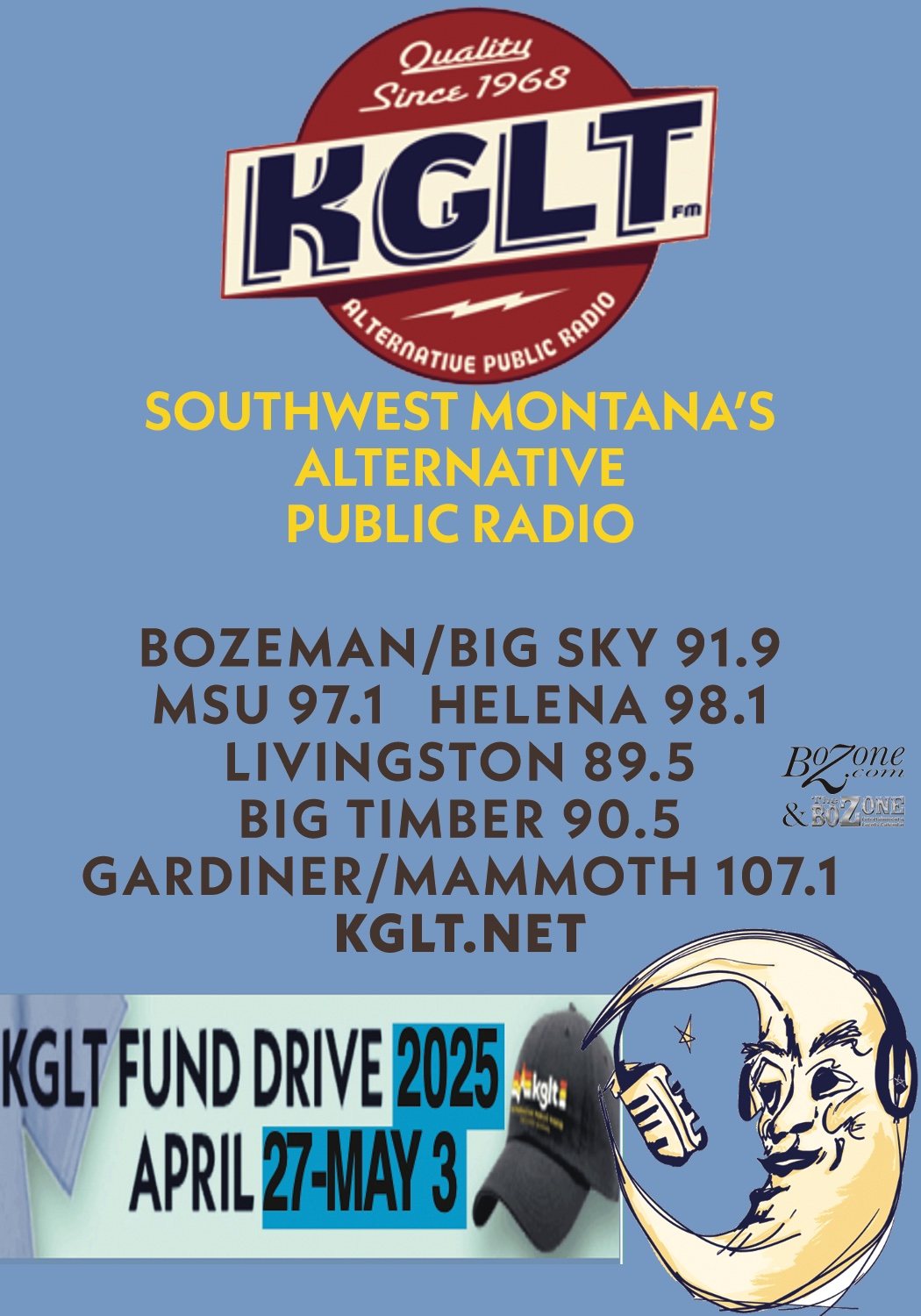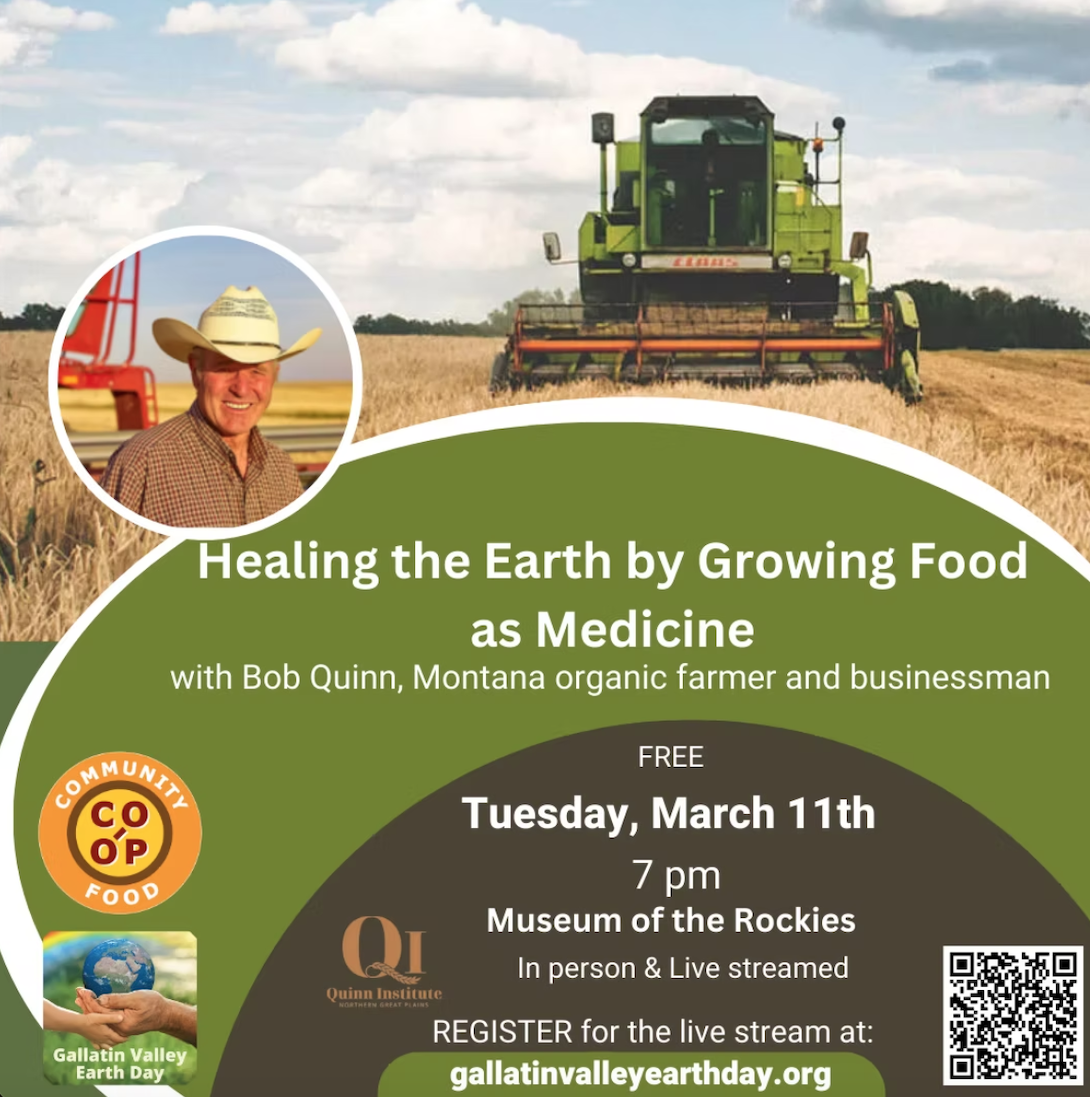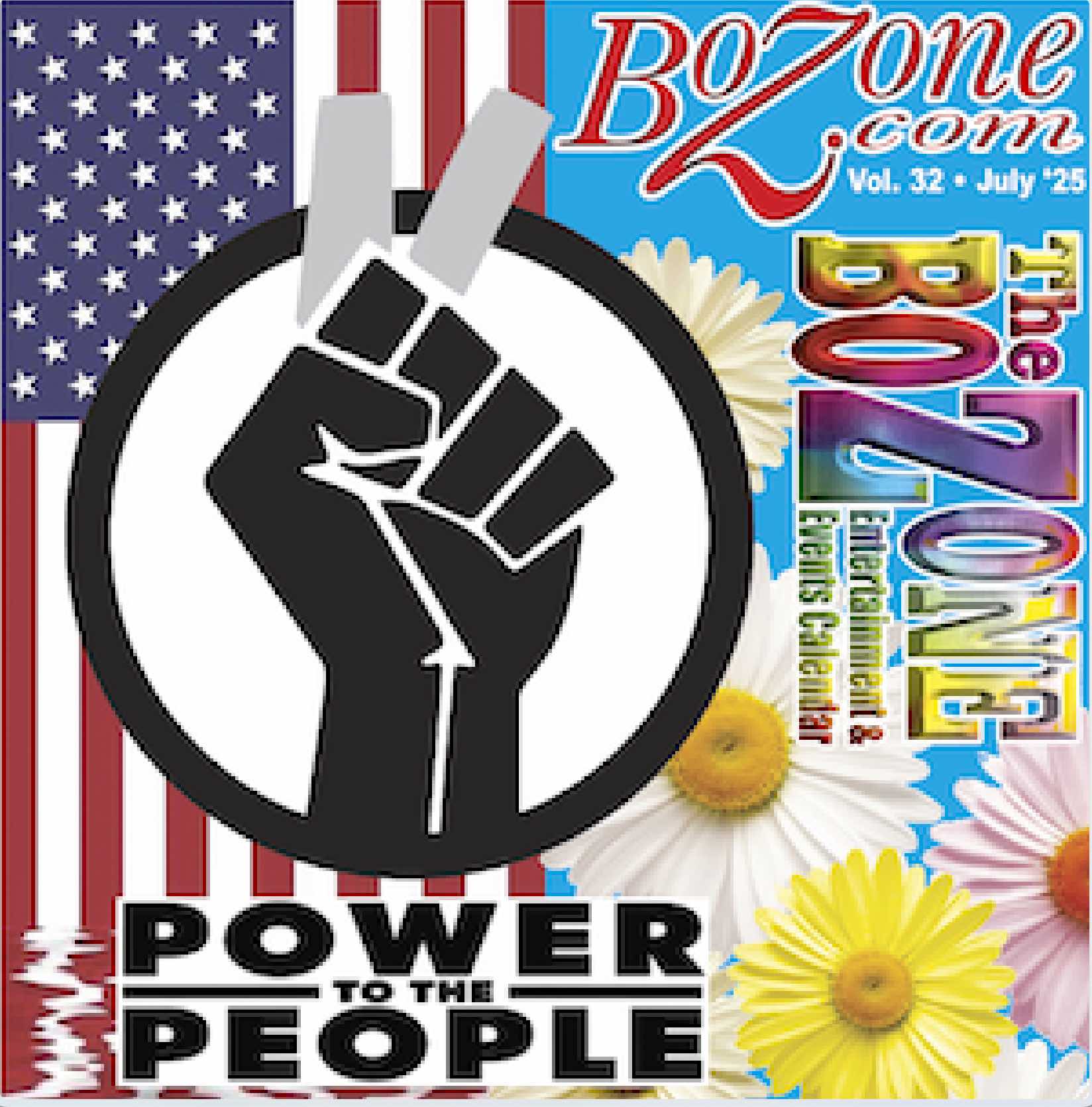From Rebekah Schields
George Eliot wrote “Our dead are never dead to us, until we have forgotten them.” The Extreme History Project hopes to remember some of our dearly departed in Bozeman and surrounding region by sharing with you the stories of people buried in our local cemeteries. With this series, learn just who those people are in the cemetery.
They all have lifetimes of stories to tell. The following is the story of Mary Blackmore, a woman whose death brought about the creation of Bozeman’s Sunset Hills Cemetery. Mary Sidford, born 1822, married William Blackmore in 1851 at the church of Saint John the Baptist in Bishopstone near Salisbury, England. Purportedly a confidant of Queen Victoria, Mary was described as a, “kind and friendly individual” and a prominent social leader, who entertained such 19th century celebrities as Mark Twain and Charlotte Bronte at their extensive country estate. William was a frequent traveler of the American West and had made quite a fortune promoting the frontier. As a wealthy man with interests in anthropology and Native American customs, he helped to fund explorers and photographers like William Jackson and Ferdinand Hayden. In 1872, William and Mary decided to travel to the United States with their nephew to visit Yellowstone National Park during its inaugural year. Before they left, the Blackmores agreed that if either died on their journey, the other would arrange for the burial at the place where the death occurred. Unfortunately, while travelling by stagecoach from Helena to Bozeman, Mary fell ill.
As hotel accommodations in that day were not abundant, the Blackmores stayed with the Willson family in their log cabin on Main Street. Mary stayed behind with the Willson family, while William and their nephew travelled on toward Yellowstone. Soon after they left, Mary took a turn for the worse, a messenger was sent for William Blackmore, and he quickly returned to Bozeman, but there was nothing that could be done, and Mary died soon after. Her death was likely caused by periostitis, the inflammation and infection of a layer of connective tissue that surrounds the bone. At the time, there was no cemetery in Bozeman, so William bought five acres on a hill overlooking the town for $250. This tract where Mary is buried is now known as Sunset Hills Cemetery. William left instructions and money with the Willson family for an elaborate triangle shaped mausoleum to be constructed over her grave. It is believed that the gravestone is shaped like a triangle to look like Mount Blackmore, which is named in memory of William and Mary Blackmore. Mount Blackmore can be seen from Mary’s grave in Sunset Hills Cemetery.
After Mary was buried, other citizens of Bozeman began to bury their dead in this area, but it was also used as a place to graze cows. The cows knocked down gravestones and the original cemetery has over 500 unmarked graves. Please stay tuned for the next installment of Cemetery Stories, featuring Charles Hoffman. Do you have a suggestion for future installments of this series? Please contact us at info@extremehistoryproject.org/. •
